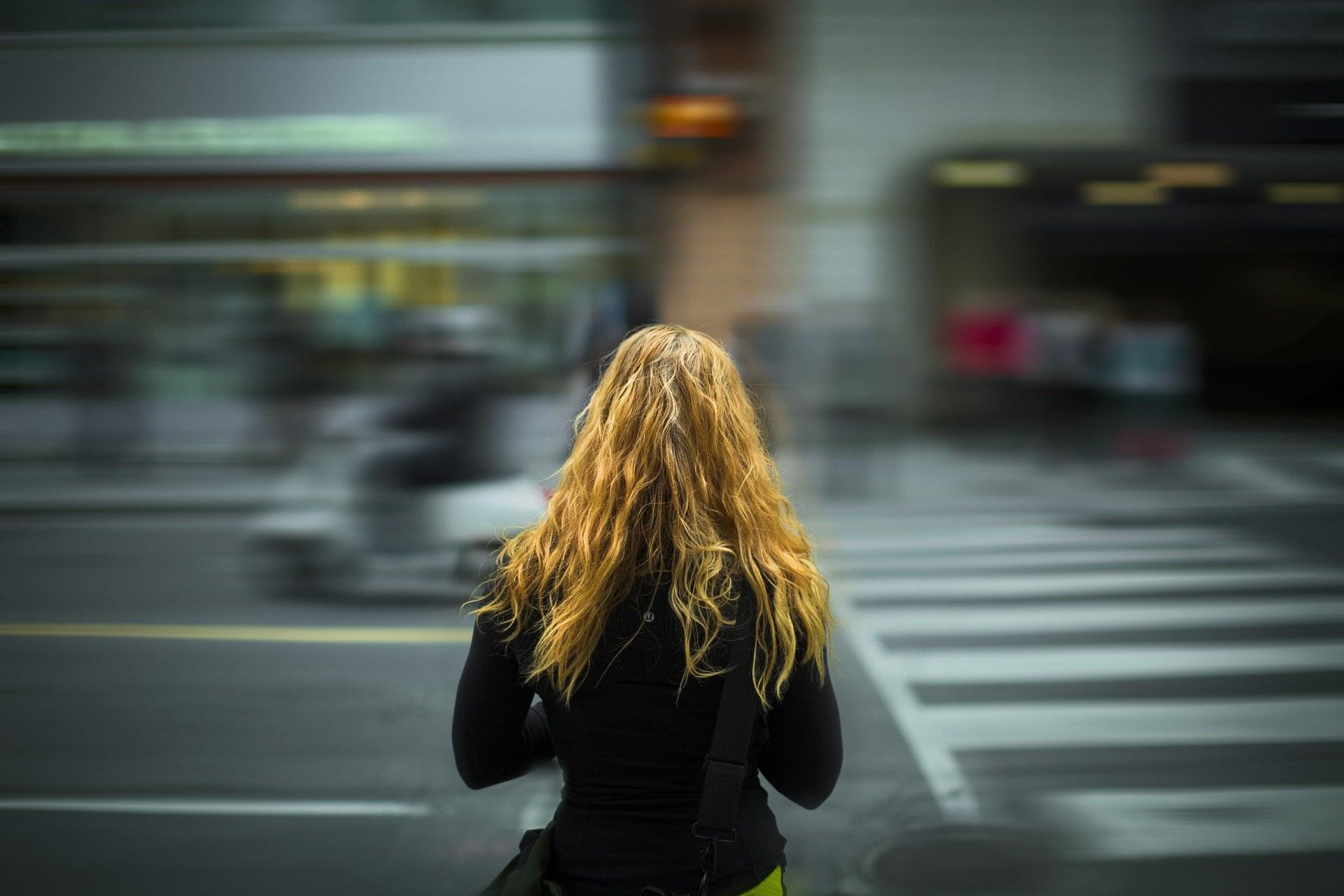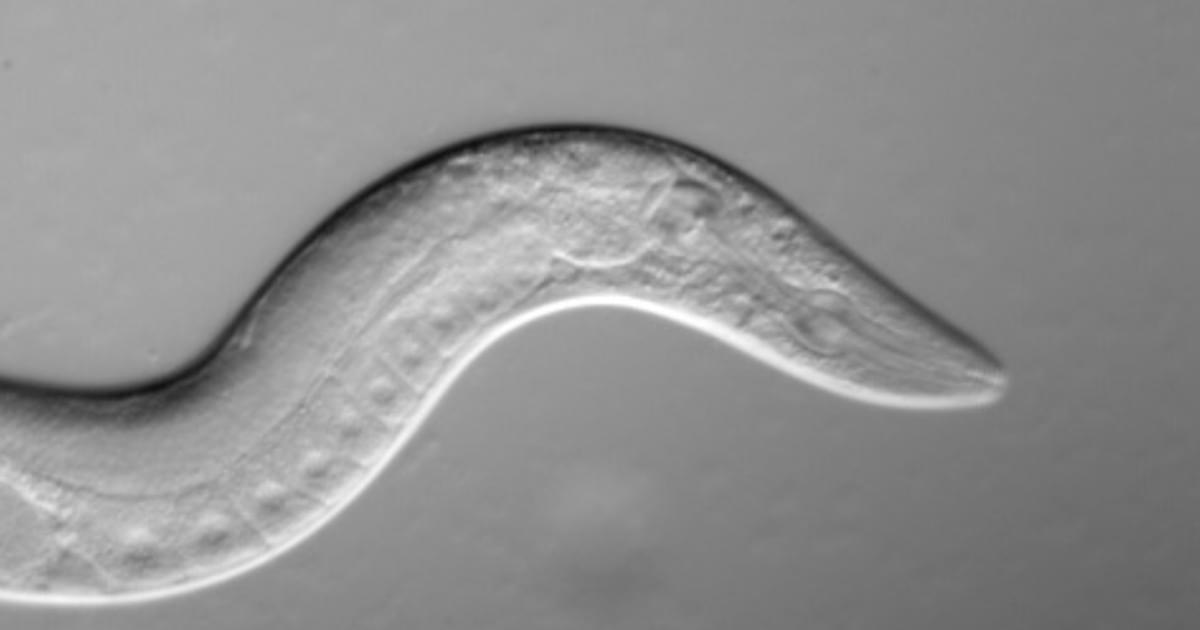The first international conference on Cryonics in Israel, with presentations by heads of cryonics institutions globally00:00:00 — Opening remarks by Dr. Ilya…
Category: life extension – Page 68
Breaking: AI Creates Real Superpowers in Humans! ⚡💪 #Superpowers #Enhancement #Future Part 6
AI and Human Enhancement:
A groundbreaking new AI system is exploring the limits of human potential, developing technologies that can enhance our physical and cognitive abilities. 🤖 By analyzing biological data and applying advanced engineering principles, the AI can identify ways to improve human performance.
How AI Enhances Human Abilities:
AI-powered human enhancement technologies can:
Enhance Physical Abilities: Increase strength, speed, and endurance.
Improve Cognitive Abilities: Enhance memory, intelligence, and creativity.
Extend Lifespan: Slow down the aging process and increase lifespan.
The Ethical Implications:
Senolytics to Reduce Lower Back Pain
Lower back pain is one of the most common chronic conditions of aging. In this Canadian study, senolytics were used to remove senescent cells and reduce lowe…

Could blocking ‘jumping genes’ help fight disease and aging?
The pair decided to conduct a clinical trial that could be more compelling. In 12 people with early Alzheimer’s who took 3TC for 6 months, the drug didn’t boost cognitive abilities. But other indicators suggested some benefits, as Frost, Sullivan, and their colleagues revealed last month in npj Dementia. For instance, levels of one key neurodegeneration indicator dipped, suggesting 3TC protects patients’ brain cells. “That was the change I was most excited to see,” Frost says.
Their recent study was the first clinical test of an antitransposon strategy for Alzheimer’s to reach the finish line. But it’s just one of a growing number of trials launched by academic researchers and biotechs to gauge the effects of throttling transposons—so-called jumping genes. These vagrant sequences, some of which are relics of viruses that invaded cells long ago or may even be derived from symbiotic bacteria, make up more than 40% of the human genome but were once seen as largely harmless. However, a variety of evidence from human cell lines, lab animals, and epidemiological studies has implicated their antics in illnesses such as lupus, amyotrophic lateral sclerosis (ALS), Parkinson’s disease, and cancer, as well as in aging.
Encouraging results are trickling in. In 2022, a phase 2 trial determined that 3TC halted tumor growth in some patients with colorectal cancer. Last year, Transposon Therapeutics revealed that a different drug that stymies replication of these sequences slowed one sign of physical decline in people with ALS or another neurodegenerative disease, frontotemporal dementia. “It’s really amazing how quickly the story has developed,” says John Sedivy, a molecular biologist at Brown and the company’s co-founder.

Alzheimer’s risk factors that can impact cognition in adults as young as 24 revealed
A new study from Columbia University Mailman School of Public Health and the Columbia Butler Aging Center suggests that risk factors and biomarkers related to Alzheimer’s disease are associated with cognition much earlier in life than previously recognized. The study highlights significant associations between cognition and Alzheimer’s disease risk factors as young as ages 24 to 44 and underscores the importance of early prevention.
This is the first study to systematically examine Alzheimer’s disease risk factors, including biomarkers related to cognitive impairment in a large group of generally healthy middle-aged individuals in the U.S. The findings are published in The Lancet-Regional Health Americas.
“Previously, research on Alzheimer’s disease risk factors has focused on individuals aged 50 and older,” said Allison Aiello, Ph.D., James S. Jackson Healthy Longevity Professor of Epidemiology in the Butler Aging Center and Columbia Mailman School. “The potential impact of our findings is substantial, offering clinicians and health researchers a clearer understanding of the early emergence of Alzheimer’s disease risk factors and their association with cognition before middle age.


Want To Live To 100? Experts Reveal 3 Anti-Aging & Longevity Secrets That Can ‘Repair Your Body’ And Prevent Aging: Prioritize Sleep, More
Living to 100 may sound like a dream, but thanks to advancements in anti-aging and longevity research, it’s becoming more of a realistic goal than ever before. While genetics play a role, experts say your daily habits have a major impact on how gracefully—and healthfully—you age. From diet and movement to mindset and skincare, there are key lifestyle shifts and science-backed secrets that can help slow the aging process, boost vitality, and support a longer, more vibrant life.
Robert Love, a neuroscientist, shared three anti-aging and longevity secrets you should know about if you want to “slow down aging” and “even help reverse aging.” According to him, prioritizing sleep, avoiding ultra-processed foods, and taking healthy supplements are some of the best options. Read on to learn more.
Prioritizing sleep is one of the most powerful (and underrated) anti-aging tools you have. During deep sleep, your body goes into repair mode—producing growth hormone, regenerating cells, and fixing damage caused by stress and environmental factors. This nightly “reset” helps keep your skin, organs, and even brain functioning optimally.

NAQI: Northeastern University scientists have discovered that a protein in the human brain could potentially be used to grow new neurons in the lab and enhance brain processes affected by aging or neurodegenerative diseases
In their study, published in Mechanobiology in Medicine, the researchers discovered that the protein responsible for binding neural stem cells in the human brain, neuro-cadherin, also plays a key role in stimulating their differentiation.
Neural stem cells are early-stage, unspecialized cells that have the ability to differentiate, or develop, into various types of neurons and non-neuronal cells of the central nervous system.

Technology use by older adults linked to reduced dementia risk
As the first generation that interacted with digital technology reaches an age where dementia risks emerge, scientists have asked the question: Is there a correlation between digital technology use and an increased risk of dementia? With the phrases “brain rot” and “brain drain” circulating on social media, it would appear that most people would assume the answer is yes.
However, a new study in Nature Human Behavior by neuroscientists at Baylor University and the University of Texas at Austin Dell Medical School reveals the opposite—digital technologies are actually associated with reduced cognitive decline.
The study, “A meta-analysis of technology use and cognitive aging,” was sparked by the ongoing concern about the passive activity of digital technologies and their relation to accelerating risks of dementia. Study co-authors are Jared F. Benge, Ph.D., clinical neuropsychologist and associate professor of neurology at Dell Medical School and UT Health Austin’s Comprehensive Memory Center within the Mulva Clinic for the Neurosciences, and Michael K. Scullin, Ph.D., associate professor of psychology and neuroscience at Baylor.
Dave Pascoe Presents His Blood Test Results: Biological Age, RDW (Part I)
Join us on Patreon! https://www.patreon.com/MichaelLustgartenPhD
Discount Links/Affiliates:
Blood testing (where I get the majority of my labs): https://www.ultalabtests.com/partners/michaellustgarten.
At-Home Metabolomics: https://www.iollo.com?ref=michael-lustgarten.
Use Code: CONQUERAGING At Checkout.
Clearly Filtered Water Filter: https://get.aspr.app/SHoPY
Epigenetic, Telomere Testing: https://trudiagnostic.com/?irclickid=U-s3Ii2r7xyIU-LSYLyQdQ6…M0&irgwc=1
Use Code: CONQUERAGING
NAD+ Quantification: https://www.jinfiniti.com/intracellular-nad-test/